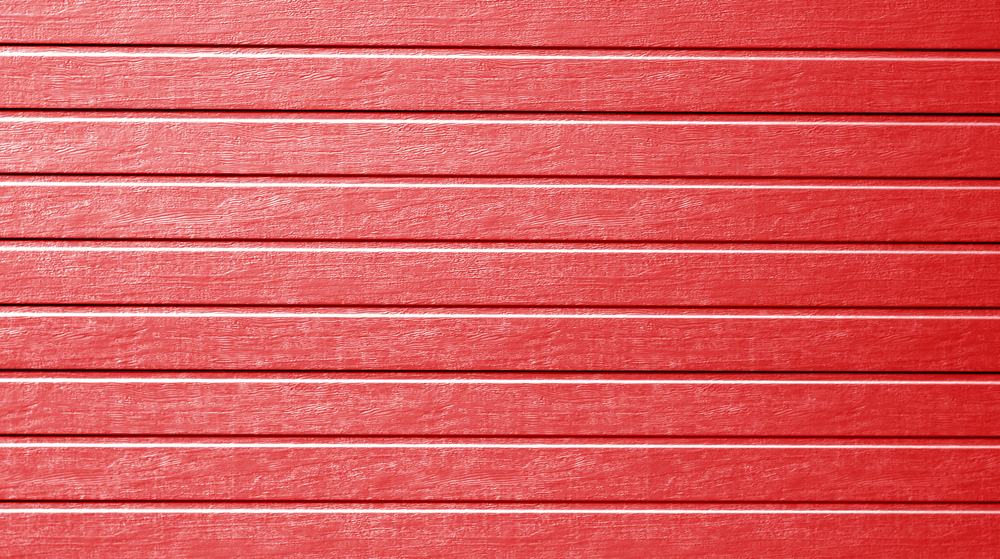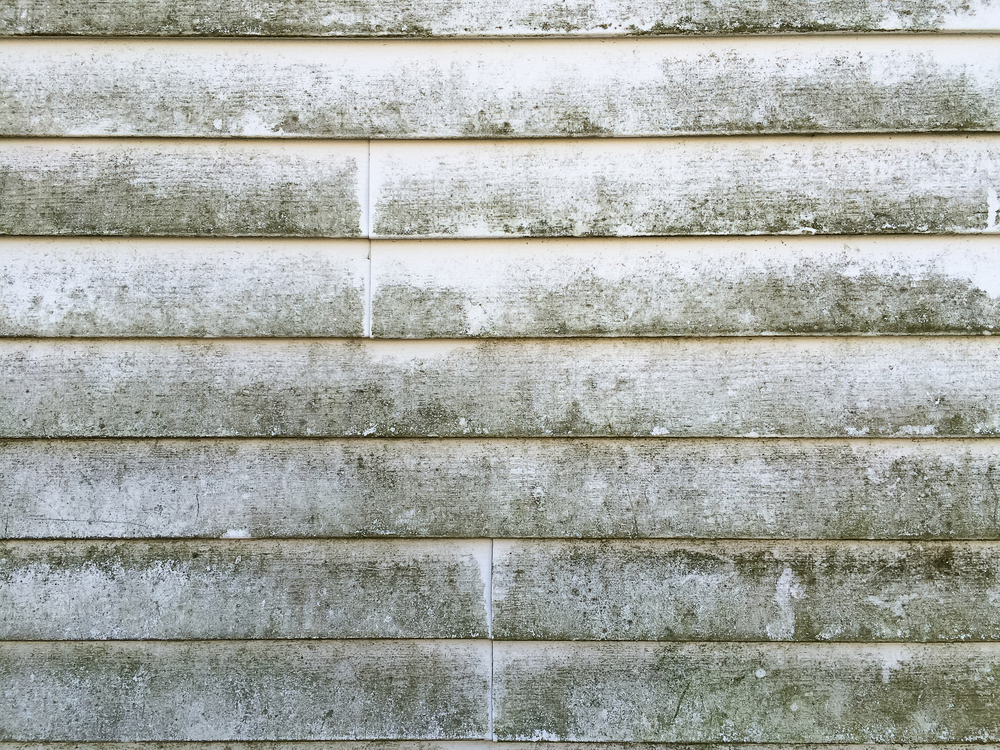Affordable, weather-resistant, and easy to maintain, vinyl siding is a staple of the American home.
And unlike other common construction materials—aluminum, wood, and steel—vinyl doesn’t degrade quickly over time. The fantastic plastic has a high degree of resistance to rust, rot, warping, and corrosion, gifting your home a gorgeous exterior finish for years to come.
But while a quality, professionally installed vinyl façade could last up to 60 years, the same can’t be said about its appearance. With prolonged exposure to UV radiation, a vinyl surface will start to become faded and flaky.
The good news is you don’t have to replace your entire vinyl façade—it’s simple enough to paint over the worn-out siding for a fresh new look.
In this post, we’ll show you how in four simple steps.
Can I Paint Vinyl Siding?
A few decades ago, we probably would have said “no.”
Back then, acrylic urethane paints didn’t have the appropriate composition to adhere to vinyl over the long term. Homeowners had to replace the lot or make do with a sub-par, time-worn look.
These days, however, painting your vinyl siding isn’t merely possible; it’s the preferred course of action. Technological advancements mean modern household paints can effectively cling onto your vinyl siding and will continue to look sleek for a decade or more.
Why You Should Paint Rather Than Replace Vinyl Siding
While DIYers of the past preferred to replace vinyl siding, adding a fresh coat of paint has become more convenient and cost-effective in recent years.
A box of vinyl siding costs US$160 on average, and that’ll only cover 100 square feet. Calculate that to correspond with the entire surface area of your exterior, and you’ll be forking out a pretty penny.
On the other hand, paint is relatively cheap, even if you opt for the good stuff. Painting rather than replacing vinyl siding will save you approximately 60% on the materials alone.
Then there’s the installation to consider. Although installing vinyl siding is somewhat straightforward and could conceivably be tackled by an intermediate DIYer, it’s still no easy feat. Cleaning, priming, and painting your façade will take time—but it’s much quicker than removing and replacing every single vinyl plank.
Painting Vinyl Siding: Four Easy Steps

The great thing about painting vinyl siding is you don’t need any special skills or equipment to get the job done. Yes, it will take time to achieve the desired finish, but you’ll save stacks of cash and relish in the satisfaction of a successful DIY gig.
What You Need at a Glance:
- Long-handled, soft-bristled brush
- Soft cloth
- Pressure washer (optional, for a faster clean)
- White vinegar or powdered household cleaner, powdered laundry detergent, laundry bleach or oxygen bleach, or Simple Green Siding Cleaner
- Fantastik (for small stubborn stains)
- Instant Rust Out (if corrosion is present)
- Masking tape
- Plastic sheeting
- Mesh cloth (to protect garden)
- KILZ Adhesion High-Bonding Primer (if priming)
- High-quality paint with acrylic and urethane resins
- Paintbrushes
- Paint roller or Paint sprayer
1. Gather the Gear
Before you start painting your vinyl siding, you need to gather the tools of the trade.
In the cleaning phase, you’ll need a long-handled, soft-bristled brush and a soft cloth. Avoid using heavy-duty scrubbers or steel wool as you’ll scratch the delicate vinyl surface. For an easy clean, consider buying a pressure washer. Check the vinyl manufacturer’s manual first, as not all siding is suitable for pressure washing.
The best cleaning solution depends on the state of your siding. A blend of 70% warm water and white vinegar works wonders on lightly stained siding and light mold or mildew. If you suspect you’ll need something more heavy-duty, a blend of household cleaner (2/3 cup), laundry detergent (1/3 cup), and laundry bleach (one quart) will do the trick—mix it up with a gallon of warm water.
If you’re worried about poisoning the hedges below, oxygen bleach (one cup) mixed with a gallon of water won’t cause your plants to wilt. Another eco-friendly option is the specially formulated Simple Green Siding Cleaner.
To clean small stubborn stains, try an everyday household cleaner, like Fantastik, and a generous dose of elbow grease. Tackle corrosion with a dedicated anti-rust formula such as Instant Rust Out.
To protect your property against wayward globs of paint, grab some masking tape and plastic sheeting. Should you have a garden underneath, you can cover it with a mesh cloth.
If you need to use a primer, opt for one designed for vinyl surfaces such as KILZ Adhesion High-Bonding.
As for paint, go for a high-quality product that contains acrylic and urethane resins; these are essential for vinyl contraction and expansion, thus help the coat to stick. Choose a matching or lighter shade than what’s currently in place. Darker colors tend to overheat and will cause the paint to warp with time.
A paint roller and a few brushes for the edges will work in a pinch, but a paint sprayer makes for a smoother final coat.
2. Wait for the Right Weather
It’s prudent to keep an eye on the forecast before setting a time to paint your vinyl siding. Ideally, wait for a cool, calm, and cloudy day with low relative humidity.
Heat, moisture, and wind will make it harder for the primer and paint to adhere to the vinyl surface, thus leaving it susceptible to cracking or flaking with time.
Obviously, postpone the task if it looks like it might rain. Not only will you get soaking wet, but your fresh lick of paint will wash away and soak through your yard.
3. Clean and Prep the Surface

As with any surface, you’ll need to clean your vinyl siding thoroughly before painting can begin.
Grab your soft-thistle brush plus your cleaning solution of choice, and then start scrubbing away. Begin at the bottom of the house and work your way up to the top to prevent unsightly streaks. Rinse any residue away as you clean and apply extra elbow grease to stubborn stains.
If you’re cleaning with a pressure washer, aim the stream at eye level and point it straight towards the siding. Avoid using an upward angle as it’ll force water in behind the siding, potentially causing it to warp further down the track. Take care not to spray water through doors or windows.
Hose down the façade with fresh water once you’re done and allow it to dry.
Next, cover any adjacent areas you don’t want to paint accidentally. Place masking tape and plastic sheeting over the doors, downspouts, windows, and awnings, etc. To protect the plant life below, cover your garden with a fine mesh cloth.
4. Prime and Paint
If the original color of your siding remains mostly intact, you don’t necessarily need to prime. Priming vinyl becomes essential when it’s heavily faded or appears pitted and porous. Nonetheless, a quick coat of primer won’t detract from the result—on the contrary; paint is more likely to withstand the elements when a primer is involved.
Apply your acrylic paint with the paint sprayer or roller, and use your brushes to cut in around the edges and corners. Aim for a light even layer across the entire façade—avoid splashing on a thick coat in certain areas, even if you think it needs it. The key to a perfect paint job is to apply multiple even thin coats rather than one big thick one.
Let the first coat dry before continuing to the second. If you’re unsure whether it’s ready, check the paint tin instructions to determine how long the drying process should take. Once you’ve done the second coat, you’ll need to wait at least 24 hours for it to fully dry (avoid painting if rain is forecast the next day).
Two coats are typically enough for vinyl siding, but it’s sometimes worth considering a third. Once coat number two has thoroughly dried, inspect your vinyl siding to determine whether it needs another. If you feel it could do with a third, get the job done ASAP—you don’t want to be painting over newly accumulated dust and grime.
Remember that vinyl siding is designed to expand and contract with the material, so you may spot a slight color gap at the edges.
Painting Vinyl Siding: The End Result
It’s been a long, laborious process, but the job is finally done: a fresh lick of paint for your weathered vinyl siding.
Although it’s undoubtedly an arduous task, painting your vinyl siding will give your house a luxury, like-new look. And not only will that make the neighbors jealous, but you’ll add significant resale value onto your property as well. That’s a win-win in our book.
